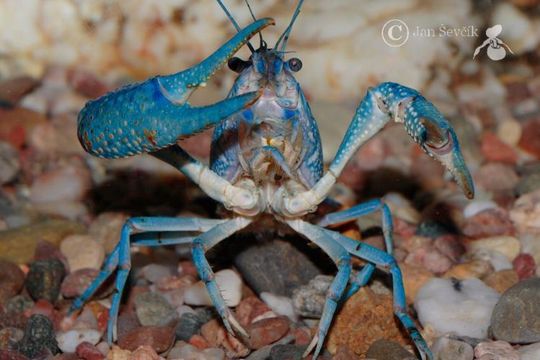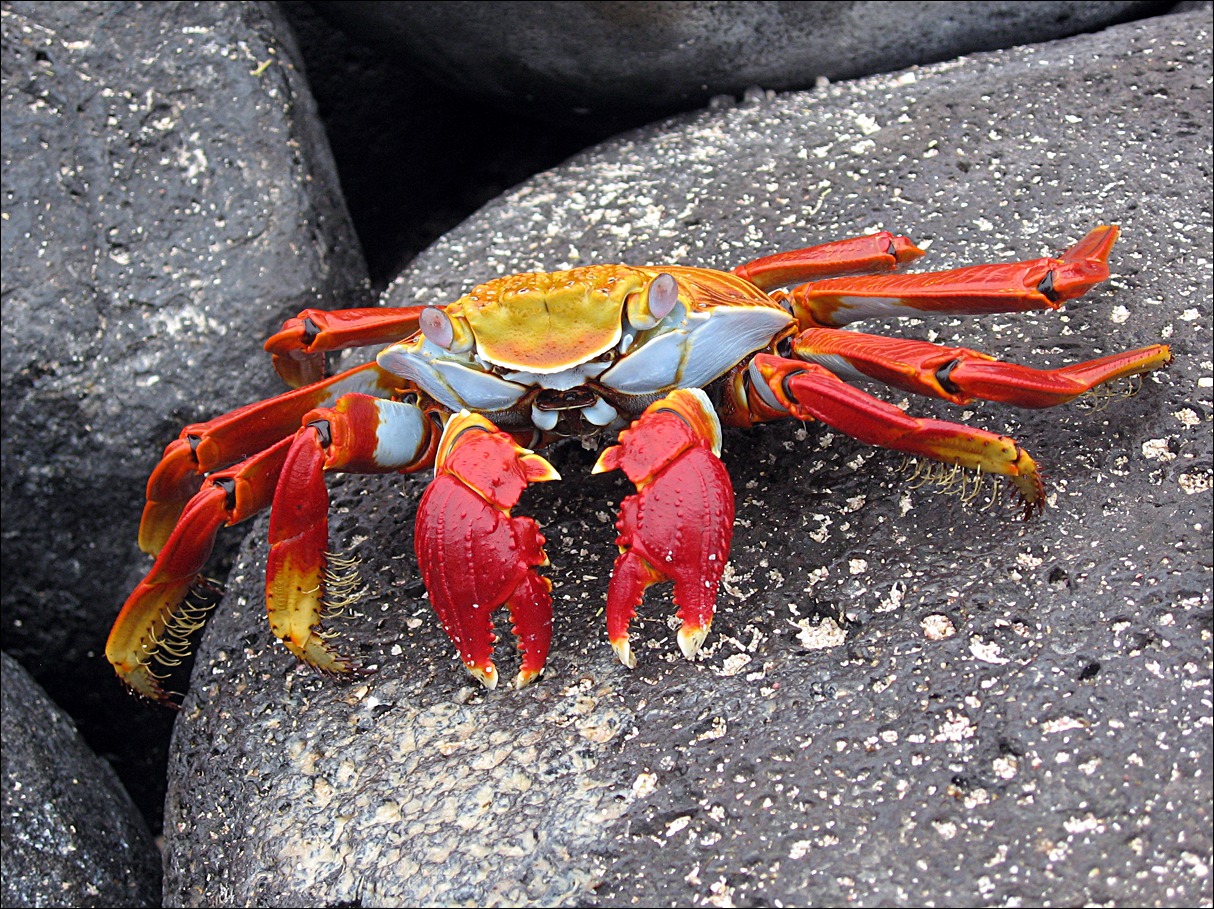| Animals World |
|
|
Crustaceans
The majority of animals in the oceans are crustaceans.
The name indicates their class,
Crustacea, which consists of aquatic arthropods
having jaws and two pairs of antennae, such as
crabs, lobsters, and shrimps. Crustaceans are
among the most successful of animals, dominating
the oceans as the insects dominate the land.
They also live in freshwater, and some even live in
moist land habitats. Most crustaceans are small,
but they can differ widely in body form, size, and
habits. The twenty-five thousand crustacean species
include lobsters up to two feet long and giant
spider crabs with leg spans of over ten feet.
|
Look also: Most Popular AnimalsPrincipal Terms
carapace: a hard, chitinous outer covering,
such as a crustacean shell or insect exoskeleton
cephalothorax: the anterior (front) section
of a crustacean, consisting of a fused
head and thorax |
|
Copyright 2016 |
|



